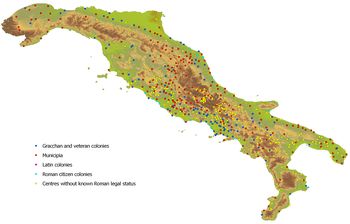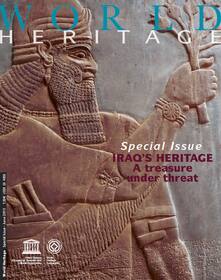Jamie Sewell, 2015
These data-files are the product of a two-year research project (ROMURBITAL) to create an analytical database and GIS of 583 (proto-)urban centres on the Italian peninsula that existed between 350 BCE and 300 CE. The project was undertaken by Dr. Jamie Sewell as a Marie Curie Intra-European Fellowship (Project No. 300969) at the Archaeology Department of Durham University between 2012 and 2014 (Scientist in Charge: Dr. Robert Witcher).
For a full description of the research aims, selection criteria and methodological development of the project, see the Internet Archaeology article: Sewell, J.P and Witcher, R. (2015). Urbanism in Ancient Peninsular Italy: developing a methodology for a database analysis of higher order settlements (350 BCE to 300 CE), Internet Archaeology 40.
And see the ROMURBITAL – ROM(AN PERIOD) URB(ANISM ON THE) ITAL(IAN PENINSULA) blog














 Stumble It!
Stumble It!
